A.J. Jacobs, in his book
The Know-It-All, touches upon a concept that I found interesting: there have been many groups in human history identified by a particular item of clothing and its color. So I thought, why not compile a brief list of such for the edification of the vast Toner Mishap readership? Fun,
and educational!
The Yellow Turban RebellionThe Yellow Turban Rebellion, sometimes also translated as the Yellow Scarves Rebellion, was a 184 A.D. peasant rebellion against Emperor Lingdi of the Han Dynasty of China. It is named for the color of the scarves which the rebels wore around their heads.
The Red Hat SectThe Lotus Bodhisattva founded the Red Hat Sect based on the Lotus of Good Law of the Tantric Lotus Division, emphasizing the Tathagata Ambitabha's profound-observing wisdom to be the fundamental wisdom. [B2: “Whah?”]
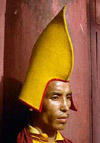 The Yellow Hat Sect
The Yellow Hat SectThe Yellow Hat Sect was founded and set up by Tsong Ka Pa, in the late 14th century. It’s just like the Red Hat Sect, except for a tronger focus on discipline, which is considered to be necessary for achieving the self-realization of purity and enlightenment.. Incidentally, Tsong Ka Pa is always portrayed seated, in a pointed yellow cap with long earflaps. Usually smiling.
 The Redcoats
The RedcoatsThe usual uniform of British soldiers during the 18th and 19th centuries was a red coat and white breeches. The epithet “Redcoats" was used throughout the world, but is particularly associated with the American revolution. The term is still used in Ireland to refer to the British Army, and sometimes to all British people.
 The Red Shirts
The Red ShirtsDuring the Italian Risorgimento (the unification of Italy in the late 19th century and early 20th century), the volunteers who followed Giuseppe Garibaldi in southern Italy were called the Red Shirts
(Camicie rosse) because of the color of their shirts. If they’d had more money they would have had red pants, too, but complete uniforms were beyond the finances of the Italian patriots.
 The Blackshirts
The BlackshirtsThe Blackshirts (in Italian, “camicie nere”) were Fascist paramilitary groups in Italy during the period immediately following World War I and until the end of World War II. Inspired by Garibaldi's Redshirts, the Blackshirts were organized by Benito Mussolini as reformers, but their methods became harsher as Mussolini's power grew, and they used violence, intimidation, and murder against Mussolini's opponents. The ethos and sometimes the uniform were later copied by others who shared Mussolini's political ideas, including Nazi Germany’s Brownshirts and Blackshirts (see below).
 The Brownshirts
The Brownshirts The Sturmabteilung (German for "Storm Division" and usually translated as stormtroopers) functioned as a paramilitary organization of the German Nazi party, playing a key role in Adolf Hitler's rise to power in the 1930s. SA men were known as brownshirts from the color of their uniform (and to distinguish them from the Nazi SS, known as blackshirts).
The Blackshirts (again)
Nazi Germany’s Schutzstaffel were colloquially known as "Blackshirts," although in fact they wore black tunics with brown or white shirts.
The Blackshirts (and again)
Sir Oswald Mosley in the United Kingdom organized the British Union of Fascists, also known as (say it with me) "Blackshirts."
The GreenshirtsPlínio Salgado’s Brazilian fascist group had as its uniform green shirts.
The Silver ShirtsThe Silver Legion of America, commonly known as the Silver Shirts, was an American fascist organization founded by William Dudley Pelley in 1933.
The BlueshirtsAlso known as the Army Comrades Association, the Blueshirts was an Irish political organization set up in the 1930s. Its opponents accused it of being the Irish Free State's equivalent of Hitler's Brownshirts and Mussolini's Blackshirts, given that Blueshirts leaders all wore Fascist-style blue-shirts and gave the Roman salute.
The Black and TansHmm. OK, the name doesn’t mention the trousers, from their comes… but I’ll make an exception and include them. The Black and Tans, more properly known as the Royal Irish Constabulary Reserve Force, was one of two paramilitary forces employed by the Royal Irish Constabulary from 1920 to 1921, to suppress Sinn Féin and the IRA. A lot of men joined, so they were short on uniforms; new recruits were issued khaki army uniforms (usually only trousers) and dark green RIC or blue British police surplus tunics, caps and belts. This mixture gave rise to their nickname, the Black and Tans (in Irish, na Dúchrónaigh), from the name of a famous pack of foxhounds from Limerick. The name stuck even after the men received full RIC uniforms.
 The Green Berets
The Green BeretsOfficially known as the United States Army Special Forces, the Green Berets is a Special Operations Force of the U.S. Army trained for unconventional warfare and special operations. The force was founded by Aaron Bank and their official headgear is the green beret.
The Shirtless OnesYes, no color is specified – but how could I leave this one out? In mid-20th century Argentina, Juan Domingo Peron brought together trade unions into a para-fascist militant organization known as "the shirtless ones" (in Spanish, the "descamisados"). (I added this to
Wikipedia.)







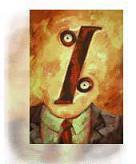
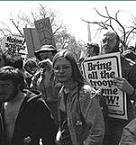
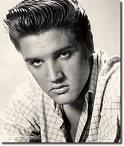






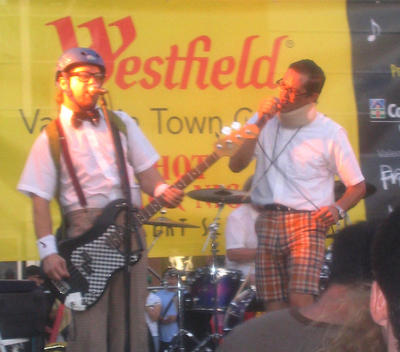



 After sighting an unusual meteor overhead, suburban residents become increasingly paranoid when their electric power suddenly fails to function. As the tension mounts, the neighbors begin to suspect one another of being disguised aliens that caused the mysterious outage, making wild accusations and attacking each other. Then one man hears on his radio that the blackout was caused by a Texas-based energy company that manipulated the power grid. The residents become outraged over this for a few days and then fixate on property taxes.
After sighting an unusual meteor overhead, suburban residents become increasingly paranoid when their electric power suddenly fails to function. As the tension mounts, the neighbors begin to suspect one another of being disguised aliens that caused the mysterious outage, making wild accusations and attacking each other. Then one man hears on his radio that the blackout was caused by a Texas-based energy company that manipulated the power grid. The residents become outraged over this for a few days and then fixate on property taxes.

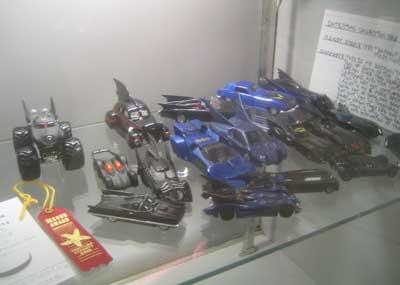


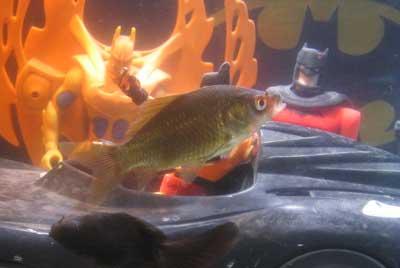


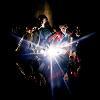

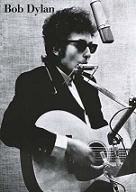








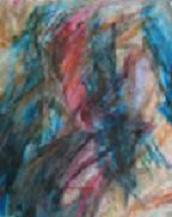

 President Bush has appointed John Bolton as Ambassador to the U.N., bypassing the Senate vote -- he just decided he was done waiting for their approval. Now that's decisive executivism!
President Bush has appointed John Bolton as Ambassador to the U.N., bypassing the Senate vote -- he just decided he was done waiting for their approval. Now that's decisive executivism! The Yellow Hat Sect
The Yellow Hat Sect The Redcoats
The Redcoats The Red Shirts
The Red Shirts The Blackshirts
The Blackshirts The Brownshirts
The Brownshirts